Carbon steel pipe
LINE PIPE
Tubing
Pile
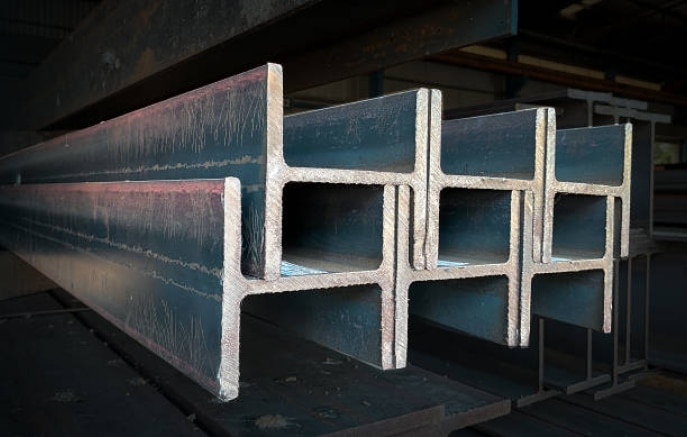
- Sheet Pile A572
- H Pile Beams A572
- WF Beams A922
- Spiral Weld A252
- Straight Seam A252
- Caltrans Class R and N
Stainless steel pipe
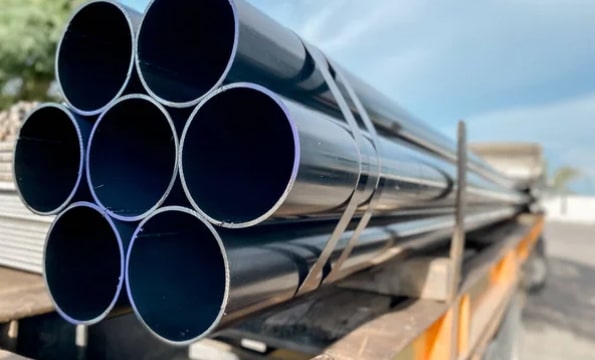
- EFW: 2 3/8” – 36” OD, ASTM A312 GRADES 304/304L & 316/316L
- SMLS: 2 3/8” – 20” OD, ASTM A312 GRADES 304/304L & 316/316L
HDPE pipe & fittings
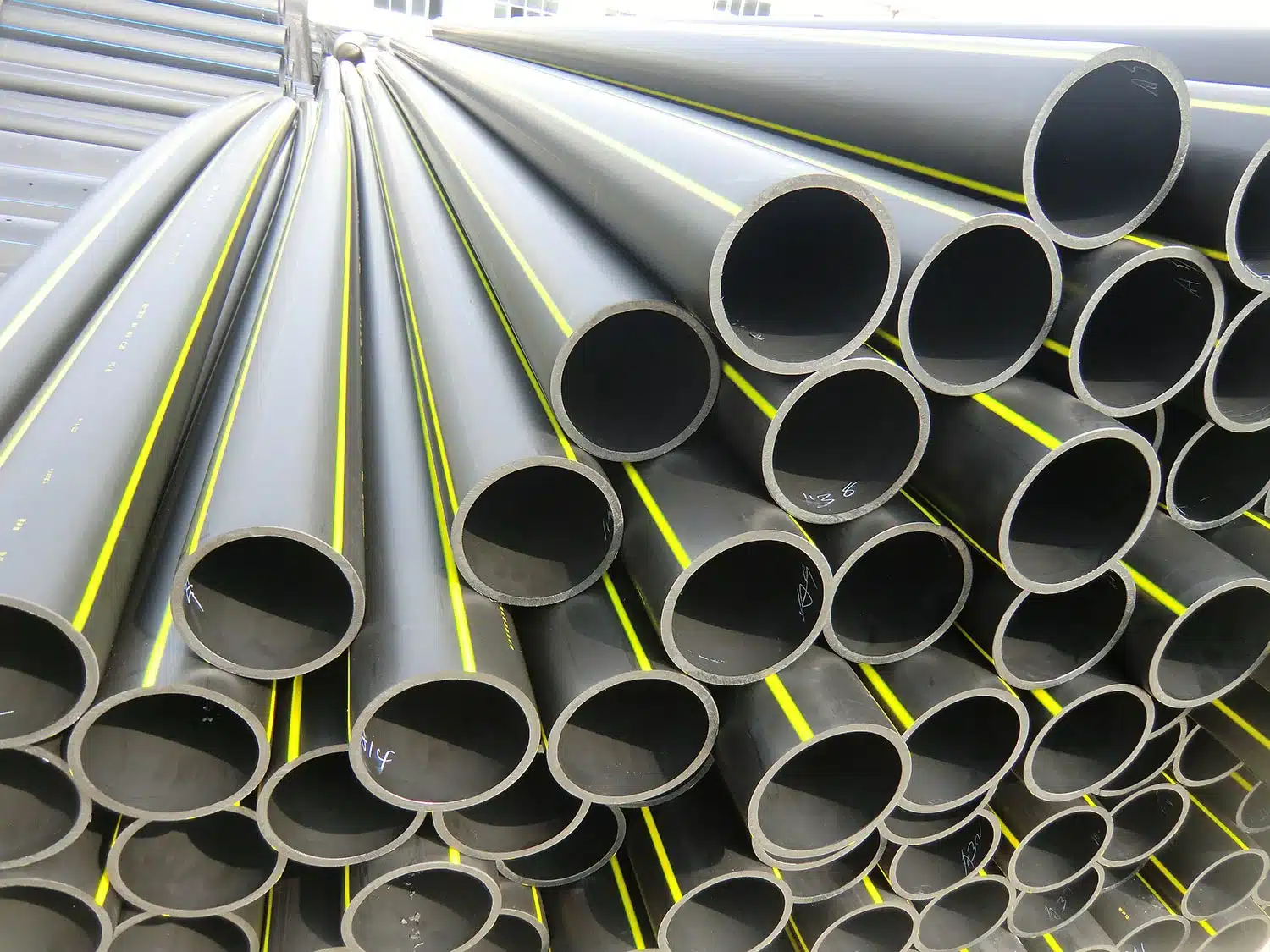
Gas, oil and water applications
- 1 1/4″ – 32″
- DR 9- DR17
- ASTM F2619, ASTM D2513, ASTM F714, PE4710, AWWA C901, AWWA C906
- STANDARD AND SPECIALIZED
- FULLY RATED FITTINGS
- INDOOR/OUTDOOR STORAGE
- TRUCKING
- INSPECTION
PVF - carbon, stainless, alloy
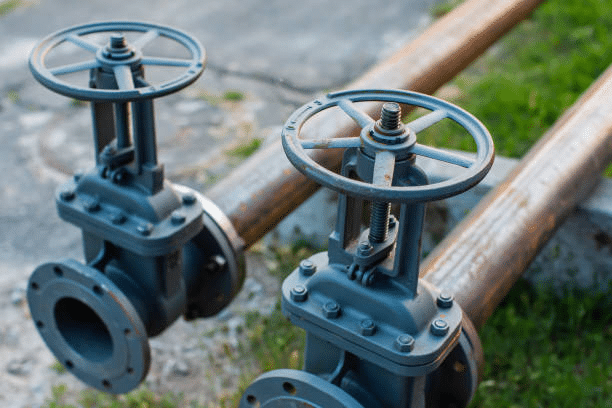
- Fittings
- Flanges
- Valves
- Pipe Bends
- Project Bom’s
Logistics
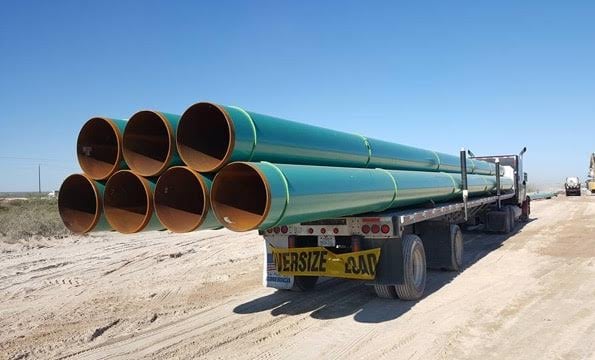
Achieve project excellence with our comprehensive logistics service package.
- Staging
- Delivery direct to row
- Laydown yard maintenance
- Rail
- Trucking
Contact us
Interested in working with us?



